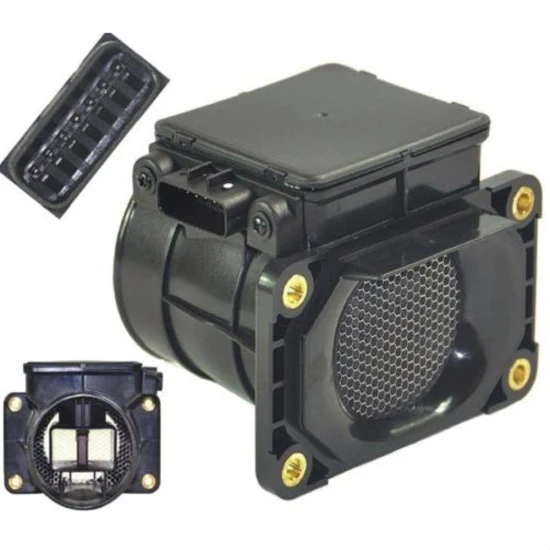AS01-BE
+10 ~+90VDC
Standby Current:8mA Working Current: 20mA; Deep SL
Rechargeable 3.7V 70mAh Li-ion Battery
110*67*15 (mm)
-20 ~ 85 Celsius
Quad-Band: 850MHz/900MHz/1800MHz/1900MHz
56 Channels
1575.42MHz C/a (GPS)
-162dBm
<=10m (Wide-Open Area)
<=0.2m/S (Wide-Open Area)
TOPTEN
Neutral Packing with White/Colorful Boxes
24g
China
85311010
Product Description
Smart Vehicle Alcohol Sensor Work with Relay for Safety Driving (AS01-BE)
TOPTEN AS01 is a gas alcohol sensor. Using a multilayer thick film manufacturing process, a heater and a metal oxide semiconductor gas-sensitive layer are formed on both sides of a micro Al2O3 ceramic substrate, which are led out by electrode leads and packaged by a TO-5 metal casing. When the detected gas exists in the ambient air, the conductivity of the sensor changes.
The higher the concentration of the gas, the higher the conductivity of the sensor. Through the LCD screen and automatic broadcast of the machine, to test of the alcohol concentration of the driver and the safe driving of the vehicle.



1. Low power consumption
2. LCD display to show the alcohol level
3. Automatic broadcast
4. Mini size
5. High sensitivity to low-concentration pollutant gases
6. Easy installation
How it works
1. DUI(Driving under the influence): default level 90 mg/L
When the sensor detect the level high than 90 mg/L, it will trigger alarm, the sensor will broadcast:"Warning! Alcohol level is high, it is danger to drive", if the driver keep there and alcohol keep more than 90mg/L, it will broadcast every 5min. In this mode, the sensor just keep broadcast to tell the driver its drunk driving, do not trigger other alarm.
2. Drunken Driving: default level 363 mg/L
When the sensor detect the level high than 363 mg/L, it will trigger drunken driving alarm, the siren make "BIBI" noise sound directly, meanwhile, it will send out stop command to make car cannot move as long as the car install the relay with alcohol sensor.
Installation

Set Up Process
Initialization Calibration Process
1. Keep the sensor power on for more than 10 minutes
2. Make sure the surrounding air is clean
3. Press and hold the bottom for more than 5 seconds (including 5) and then press 5 times.
4. The sensor beeps 5 times indicate that initialization was successful.
Threshold setting process (Default threshold is 363mg / L for national drunk driving)
1. Press the bottoms more than 8 times (including 8) and then hold for 8 seconds
2. The instrument's voice prompt "Setup Mode" means entering the setup option mode and the displays flashed.
3. Press the bottom less than 2 times (including 0 and 2) within 3 seconds to enter the setting threshold mode.
4. After entering the setting threshold mode for 1 second, you can set the threshold by pressing the key: 218mg / L--503mg / L
5. If there is no operation for 10 seconds, the sensor will exit the setting mode auto. And the voice prompts "Operation Mode".
Set the alcohol state maintenance time flow (Default is 5 seconds)
1. Press the bottoms more than 8 times (including 8) and then hold for 8 seconds
2. The instrument's voice prompt "Setup Mode" means entering the setup option mode and the displays flashed.
3. Press the bottom more than 3 times (including 3) within 3 seconds to enter the alcohol state time mode.
4. One second after entering the alcohol state time mode, it can set the threshold by pressing the key, rang 0-30 seconds
5. If there is no operation for 10 seconds, the sensor will exit the setting mode auto. And the voice prompts "Operation Mode".
Notice
Situations that must be avoided
1. Exposure to silicone vapor
2. Highly corrosive environments: Exposure of the sensor to high-concentration corrosive gases (such as H2S, SOX, Cl2, HCl, etc.) will not only cause corrosion or damage to the heating material and sensor leads, but also cause irreversible changes in the performance of sensitive materials.
3. Pollution by alkali, alkali metal salt and halogen
4. Exposure to water: Splashing or immersing in water will cause the sensitivity characteristics to decrease.
5. Freezing: The freezing of water on the surface of the sensitive element will cause the sensitive material to break and lose its sensitivity.
6. Applied voltage is too high

























